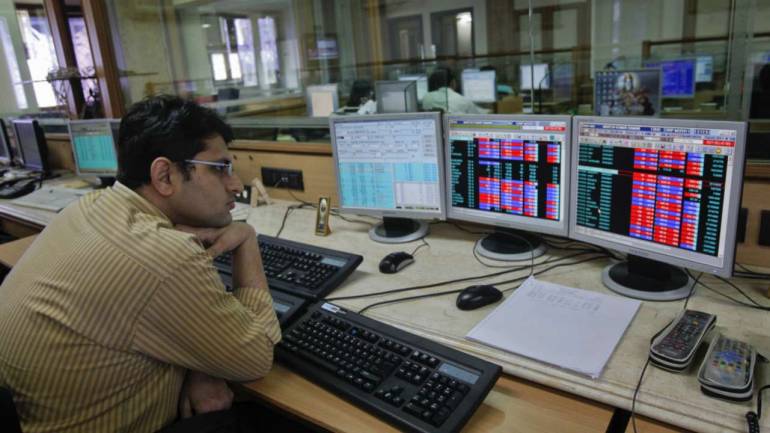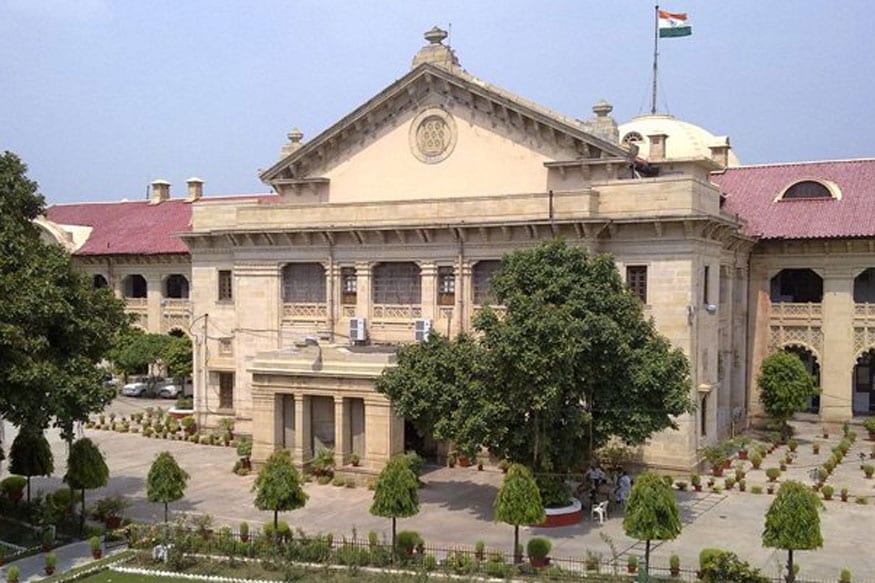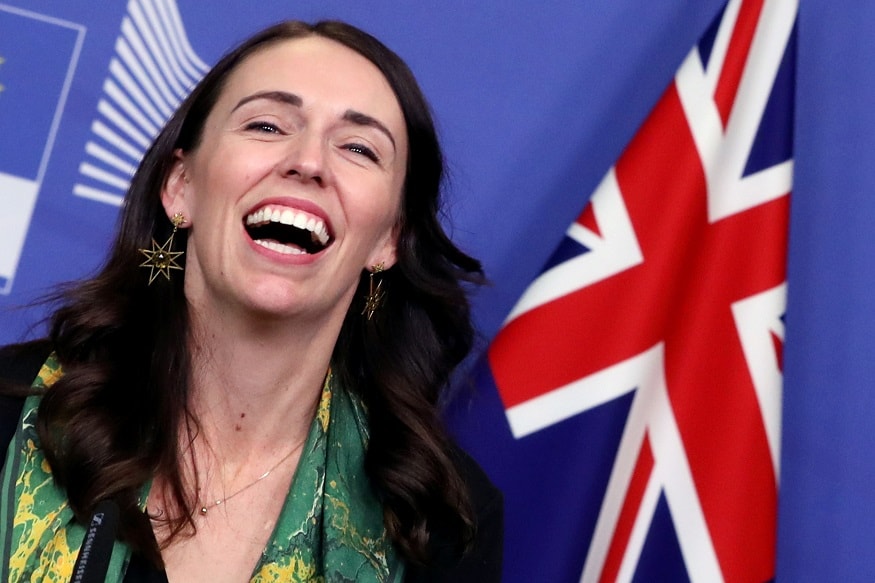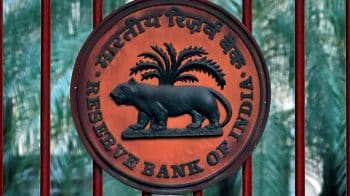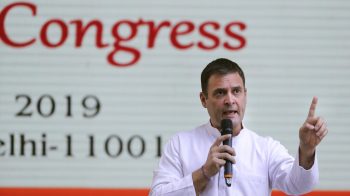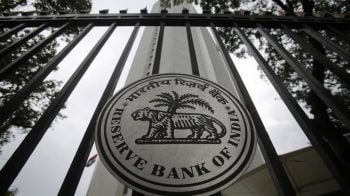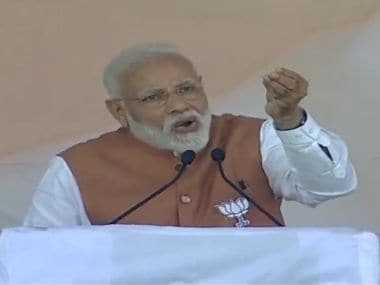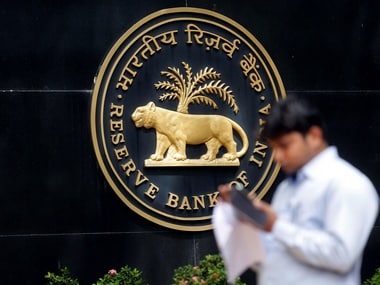Amit Gupta, Co–Founder and CEO, TradingBells said they do not expect any short term volatility in the domestic stock market
The market remained in a consolidation mode on April 4 after the Monetary Policy Committee's repo rate cut and lower inflation forecast were on expected lines.
The 30-share BSE Sensex gained 1.51 points at 38,878.63 and the Nifty50 rose 2.50 points to 11,646.50 after a fall in the previous session.
But the current consolidation is expected to end soon and the market will resume its uptrend again on the back of likely sustained FII inflow, especially after the Monetary Policy Committee slashed repo rate by 25 basis points to 6 percent while keeping the policy stance neutral, said experts.
"It takes cognisance of the likelihood or potential for inflationary pressures emerging from food and fuel prices, and also fiscal pressures from the large government borrowing program," Joseph Thomas, Head Research, Emkay Wealth Management told Moneycontrol.
Amit Gupta, Co-Founder and CEO, TradingBells said they do not expect any short term volatility in the domestic stock markets.
"Amid lower inflation and lower interest rate scenario globally, rate cut move will certainly attract much liquidity for the economy. We are already seeing good numbers on FII front while this move will make sure the objective of growth is fulfilled," Mustafa Nadeem, CEO, Epic Research said.
Experts take:
Amit Gupta, Co-Founder and CEO, TradingBells
The RBI has cut the repo rate to 6 percent as expected after the monetary policy meeting on April 4. This was the first policy review of the new fiscal, and the final one before the general elections. The market was expecting a rate cut of 25bps, and hence we do not expect any short term volatility in the domestic stock markets.
A rate cut would help in boosting borrowing and consumption which would help in countering receding inflation and boost industrial production. GDP growth rate has slowed to 6.6 percent in the October-December 2018 period and since the inflation is well within RBIs target range, a 25bps rate reduction should help in improving both these indicators at the same time.
Mustafa Nadeem, CEO, Epic Research
It's a much expected and welcoming decision from the RBI. The street was discounting the same and the industry and sectors were looking forward to it. Amid lower inflation and lower interest rate scenario globally; this move will certainly attract much liquidity for the economy.
Over the short term, we believe this could trigger a correction. Currently, the market was discounting the rate cut and also on the hope of a decisive mandate in upcoming Lok Sabha elections 2019. Hence, investors and traders should be aware that the trend is intact and on the upside. Any dips in this trend of 3-5 percent are good and should be utilised. We remain bullish on this trend.
Dr VK Vijayakumar, Chief Investment Strategist at Geojit Financial Services
The MPC has lived up to the consensus by cutting rates by 25 bp while continuing with the neutral policy stance. A key takeaway from the policy is the projection of benign inflation for FY 2020 which has come lower than expectations between 2.9 to 3 percent for H1 and between 3.5 to 3.8 percent for H2. This means that the headline inflation for FY20 is unlikely to go beyond 3.8 percent anytime.
Since the GDP growth rate for FY20 has been lowered to 7.2 percent in this benign inflation scenario, one can expect more rate hikes, probably two more this calendar year. The stance has been maintained at neutral perhaps in the context of the rising crude price and concerns regarding a below normal monsoon.
Since this important event is behind us, the market trend, going forward, will be influenced by the capital flows into the market. So long as the Fed and ECB remain dovish, more flows can be expected into the market, which can impart resilience to the market. However, high valuation of markets remain an area of concern.
Sameer Kalra - Equity Research Analyst & Founder, Target Investing
The votes pattern remained the same showing the continuation of rate policy dependent on the data. Given the volatility in inflation due to oil prices MPC has lowered inflation targets by 40bps with keeping buffer rate cuts if the inflation goes lower.
We believe this is a good position as a higher cut would have showed weakness at the macro level but such policy decision gives confidence to the stakeholders that there is room for further rate cut only if needed.
LAF reduction and Dollar swap window have provided further liquidity boost to banks.
We have a buy rating for HDFC Bank and State Bank of India in largecap and Allahabad Bank and Oriental Bank of Commerce in midcap.
Shailendra Kumar Chief Investment Officer, Narnolia Financial Advisors
A 25 bps cut in rate and maintaining a neutral stance is in line with expectation. Inflation risk mentioned remains in the comfort zone. With high-frequency data particularly on consumption suggesting the slowdown in GDP growth, measures to boost the investment side of the economy is important.
Carving out an additional 2 percent from Statutory Liquidity Ratio (SLR) for Liquidity Coverage Ratio (LCR) will help bank lending. We expect further 25 bps cut in August policy once RBI will have further clarity on fiscal deficit, oil price trajectory and monsoon.
Joseph Thomas, Head Research, Emkay Wealth Management
The RBI has adopted a very sensible and pragmatic approach by cutting the repo rate by 25 basis points while keeping the policy stance neutral. It takes cognizance of the likelihood or potential for inflationary pressures emerging from food prices and fuel prices, and also fiscal pressures from the large government borrowing program.
The liquidity management through open market operations (OMOs), repos and also the occasional currency swaps would help a somewhat better propagation of the impact of rate modifications to the lower levels.
Ravindra Sudhalkar, ED & CEO, Reliance Home Finance
The Reserve Bank of India’s decision to cut interest rates, second time in a row, is icing on the cake for the interest-rate sensitive sector.
After government’s proactive steps to boost real estate markets by relaxing GST rates and offering tax sops in the interim budget, the rate cut will provide much-needed impetus to real estate sector, which is reeling under liquidity pressures.
Overall, today’s cut in rates will positively impact home loan interest rates by reducing EMIs, and in turn, provide stimulus to demand-side in real estate. We also expect improvement in the flow of bank credit to NBFCs.
Disclaimer: The views and investment tips expressed by investment experts on Moneycontrol.com are their own and not that of the website or its management. Moneycontrol.com advises users to check with certified experts before taking any investment decisions.








